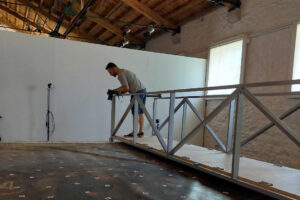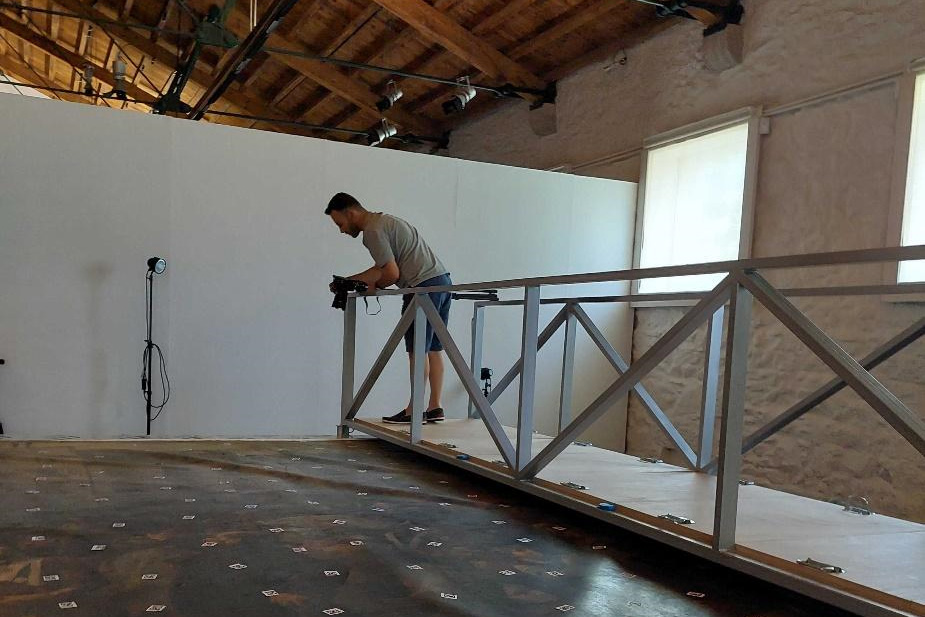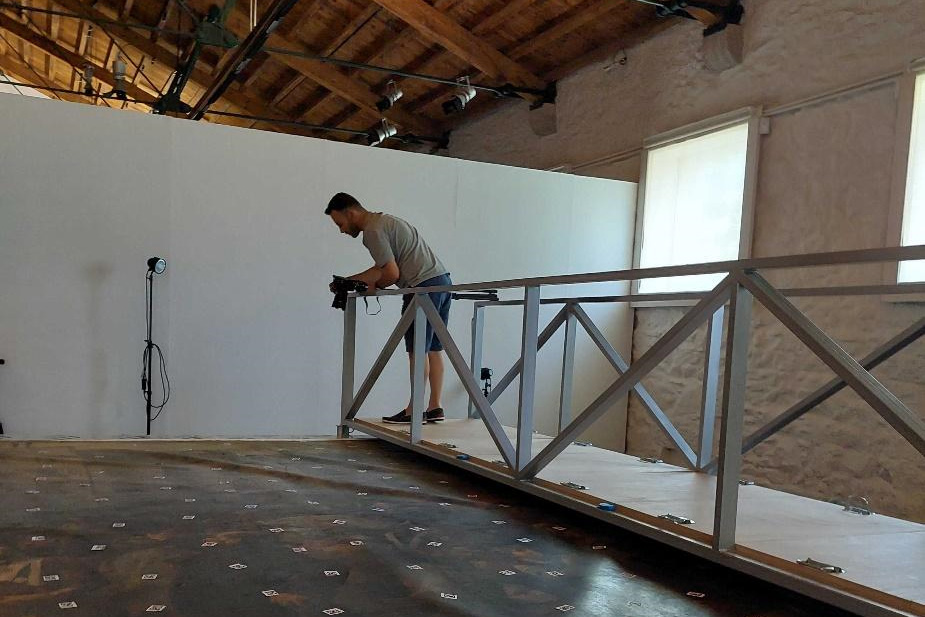Photographic documentation of the condition of a project before and after maintenance, as well as of the maintenance procedures, is an absolutely essential action before any intervention is carried out. No work is started until the project is photographed in its original condition, i.e. the condition it was in when it reached the hands of the maintenance technician. In this way he will be able to document at any time the reasons for the specific interventions carried out in each case, as well as the extent and quality of these interventions. In addition, the images obtained, both in the visible part of the spectrum under certain conditions and, above all, in the ultraviolet, can be a useful tool for diagnosing the maintenance status of the project.
Works of normal size shall be photographed with the works supported in an upright position, e.g. on an easel, and the camera mounted on a tripod in front of them at a sufficient distance, which depends mainly on their size and the focal length of the camera lens.
In the case of the photograph ’30 March 1814′ by C.L.L. Muller (p. 161), this is ruled out by the actual circumstances. The work had no frame, so it could not stand upright. But even if it had, the height of the roof was less than the height of the work and there was no room to place a photograph at the proper distance.
So, the only way he could be photographed was in a horizontal position, on the workbench where he was standing. From there, it remained to solve the problem of positioning the camera. For this purpose, a scaffolding of earthenware was assembled by the contractor around the perimeter of the bench, about two metres high. A bridge was attached to the scaffolding which could be moved along the long sides of the bench. The camera was mounted on a base mounted on the bridge which moved along the bridge. It was thus possible for the camera to move along the two axes and to scan the entire surface of the project. At this height, of course, the machine was operated from a distance.
30 very high resolution (100 MP) shots were taken in visible and ultraviolet. The final, total image of the project was obtained by stitching together the individual shots, with a total resolution of 3000 MP. The same process was repeated after the maintenance work was completed.
Translated with DeepL.com (free version)




